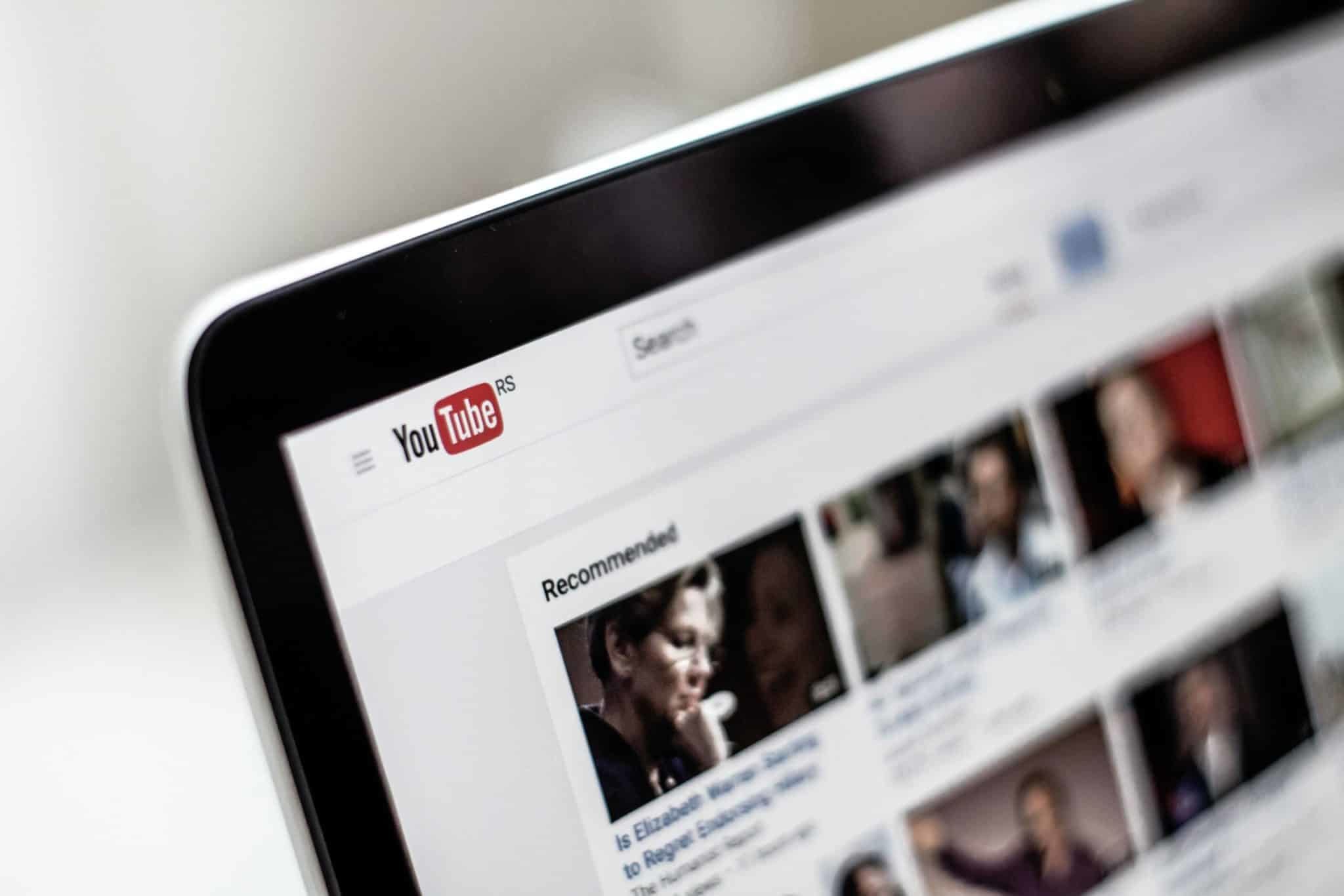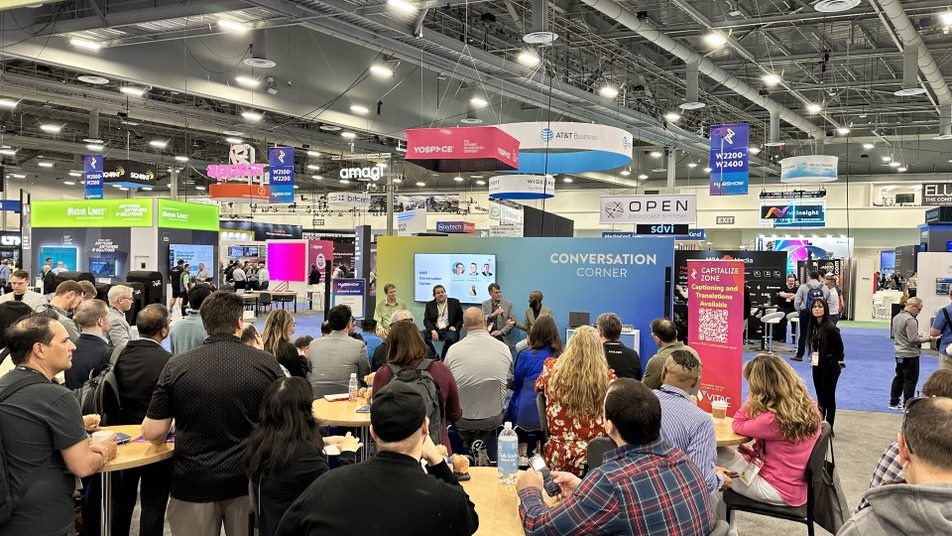YouTube plans to end its community captions feature by the end of next month, and some content creators in the deaf and hard-of-hearing community aren’t happy about it.
The feature, which enables viewers to manually add captions, subtitles, translations, and descriptions to YouTube videos, will be discontinued as of Sept. 28. The company cited an overall lack of use and reported spam and abuse in the contributed content.
The platform will continue to offer two other captioning options — YouTube’s free auto-generated captions and captions manually uploaded by the video’s owner or a third-party captioning provider.
However, many creators say that they relied on the community captions to not only reach deaf and hard-of-hearing viewers, but also to translate their videos into other languages. They argue that removing the function will limit accessibility, noting that automatic captions often display wrong words, omit words, and miss out on fast-dialogue or muffled audio, while manually uploading captions can be a time-consuming project.
Additionally, for creators working in the broadcast/M&E industry, the Federal Communications Commission requires that all full-length videos that aired on TV with captions also be captioned when delivered via YouTube.
A petition asking Google (which owns YouTube) to reverse its decision has garnered more than 470,000 signatures.
“There is a great many people who rely on captions to enjoy content posted on YouTube, for a variety of reasons,” wrote petitioner Emma Wolfe. “Some viewers are hard of hearing, some have audio processing disorders, and some watch content created in a language other than their own.
“Removing community captions locks so many viewers out of the experience….community captions ensured that many videos were accessible that otherwise would not be.”
VITAC offers extensive caption integrations for both live and offline captioning. From social media streaming and processing platforms to video management systems and workflows, VITAC provides a wide variety of customer-specific processes and solutions.
Our offline captioning integrations include custom workflows for YouTube, Facebook, Twitter, and Vimeo, among others. (Check out our short videos on how to add captions to your YouTube and YouTube Live content.)
Our multi-language services team also are experts at translation and the creation of subtitles in more than 50 languages, ensuring that content creators can reach followers and audiences all around the world.
Contact a VITAC representative for more information on this and all of our other accessibility offerings.




